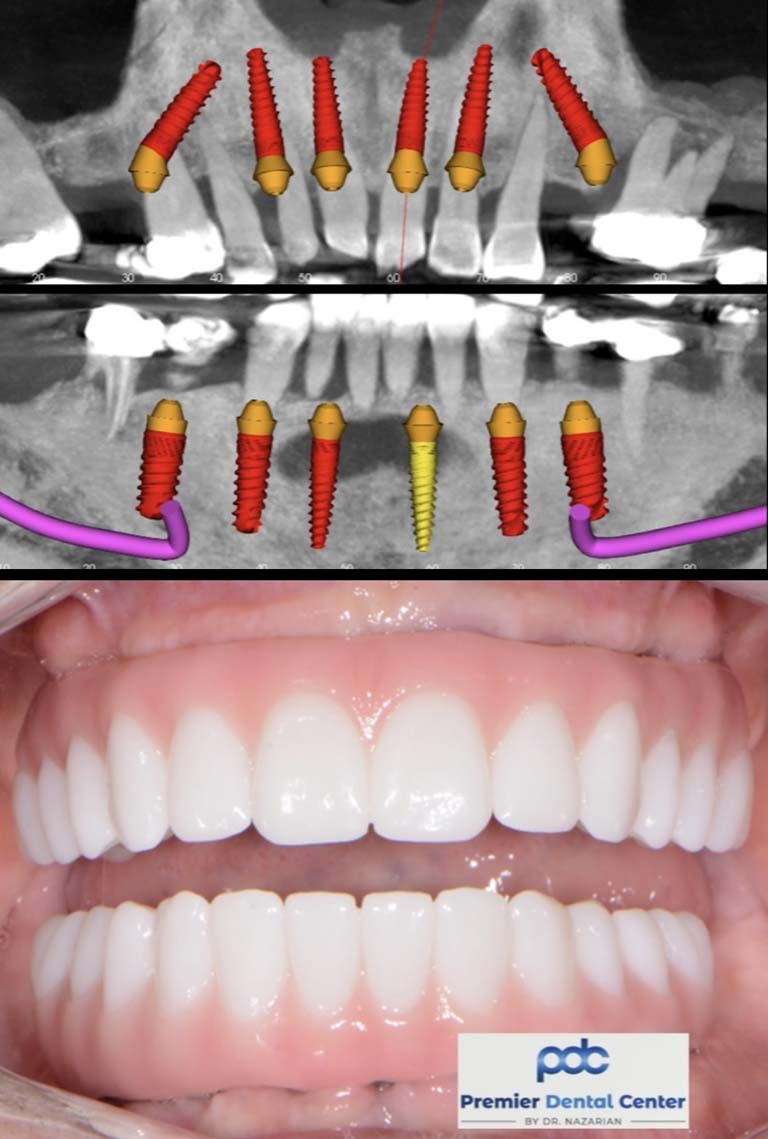Dental Sense Fundamentals Explained
Table of ContentsThe smart Trick of Dental Sense That Nobody is Talking AboutOur Dental Sense PDFsEverything about Dental SenseFacts About Dental Sense Uncovered
are clinical tools operatively dental implanted right into the jaw to recover a person's ability to chew or their appearance. They offer support for artificial (fake) teeth, such as crowns, bridges, or dentures. When a tooth is lost as a result of injury or disease, a person can experience problems such as fast bone loss, faulty speech, or adjustments to eating patterns that cause discomfort.Dental dental implant systems contain an oral implant body and dental implant abutment and may likewise include an abutment addiction screw. Cosmetic dentistry services. The oral implant body is operatively placed in the jawbone in area of the tooth's origin. The dental implant abutment is typically connected to the dental implant body by the joint addiction screw and expands via gums into the mouth to sustain the connected artificial teeth
(https://us.enrollbusiness.com/BusinessProfile/7028852/Dental%20Sense)Structure of The Dental Implant System picking oral implants, talk to your oral company concerning the possible benefits and risks, and whether you are a prospect for the procedure. Things to consider: Your total wellness is an essential variable in establishing whether you are a good candidate for oral implants, how much time it will take to heal, and how much time the implant may remain in area.
Cigarette smoking may influence the recovery process and lower the long-lasting success of the implant. The recovery process for the dental implant body might take numerous months or longer, during which time you usually have a temporary joint instead of the tooth. the oral implant procedure: Carefully follow the oral health directions provided to you by your oral supplier.
The Definitive Guide for Dental Sense
Implant failing can lead to the requirement for one more surgery to take care of or replace the implant system. Restores the capacity to eat Restores aesthetic look Helps maintain the jawbone from shrinking due to bone loss Maintains the wellness of the surrounding bone and gum tissues Aids maintain surrounding (neighboring) teeth secure Enhances high quality of life Damages to surrounding natural teeth throughout dental implant positioning Injury to the surrounding tissues during surgical treatment, such as sinus perforation Injury during surgery (for instance, fracture of bordering jawbone) Insufficient feature, such as feeling like the teeth do not attack with each other typically An experience that the tooth hangs or twisting in position arising from a joint screw loosening Implant body failing (looseness of the implant body) due to systemic infection, which might be most likely in people with uncontrolled diabetes because of local infection in bone and gum tissues supporting the implant body due to delayed recovery, which might be more probable in patients that smoke Trouble cleaning the gums around the implant, resulting in poor oral hygiene Unattended gum illness Post-surgical numbness due to nerve impingement or damages Constantly alert healthcare service providers and imaging specialists that you have oral implants prior to any magnetic resonance imaging (MRI) or x-ray procedures.
FDA is not knowledgeable about any kind of damaging occasions reported for MRI or x-ray treatments with dental implants. Dental implants systems are typically made from materials that comply with global consensus criteria of the International Company for Standardization (ISO) or ASTM International. These standards have details of what makes a safe material.

An oral implant is a framework that replaces a missing out on tooth. With screw-like devices, the surgeon inserts an implant into the jawbone, and it acts as an anchor for an artificial tooth, called a crown.
Dental Sense for Dummies
Some people are not eligible for oral implant surgical treatment. It is for dental specialists to run on people with: severe illnessuncontrollable metabolic diseasebone or soft cells condition or infectionIf these problems are fixed, a person can have the surgical procedure. In, oral specialists avoid operating individuals with: If individuals with any one of the above undertake oral implant surgery, there is a higher threat of the implant failing.

Oral dental implant surgical procedure is a personalized procedure. It's not the same for everyone. The complying with provides a basic review of what you can anticipate your dental expert, dental surgeon, periodontist or prosthodontist to do: Put the implant surgically. Offer you time to heal. Affix the message and last crown, over at this website bridge or denture.
Next, your cosmetic surgeon will thoroughly place the dental implant right into your jaw. If your implant is near the front of your mouth, your dental expert will make a short-lived tooth for you to wear up until you recover.
The Buzz on Dental Sense
Your provider can inform you what to anticipate in your situation. Throughout the recovery phase, your jawbone must fuse to the dental implant. This procedure, called osseointegration, is essential for stability and long-lasting success. This process can take anywhere from 3 to nine months. Sometimes, it might take longer.
Once your dental implant heals, your dentist can affix the joint (tiny port post) and your last repair (crown, bridge or denture). This normally takes concerning one hour to finish and might need a 2nd small surgical procedure. You should not feel any kind of discomfort throughout your oral implant treatment since your supplier will utilize drug to numb your periodontals.